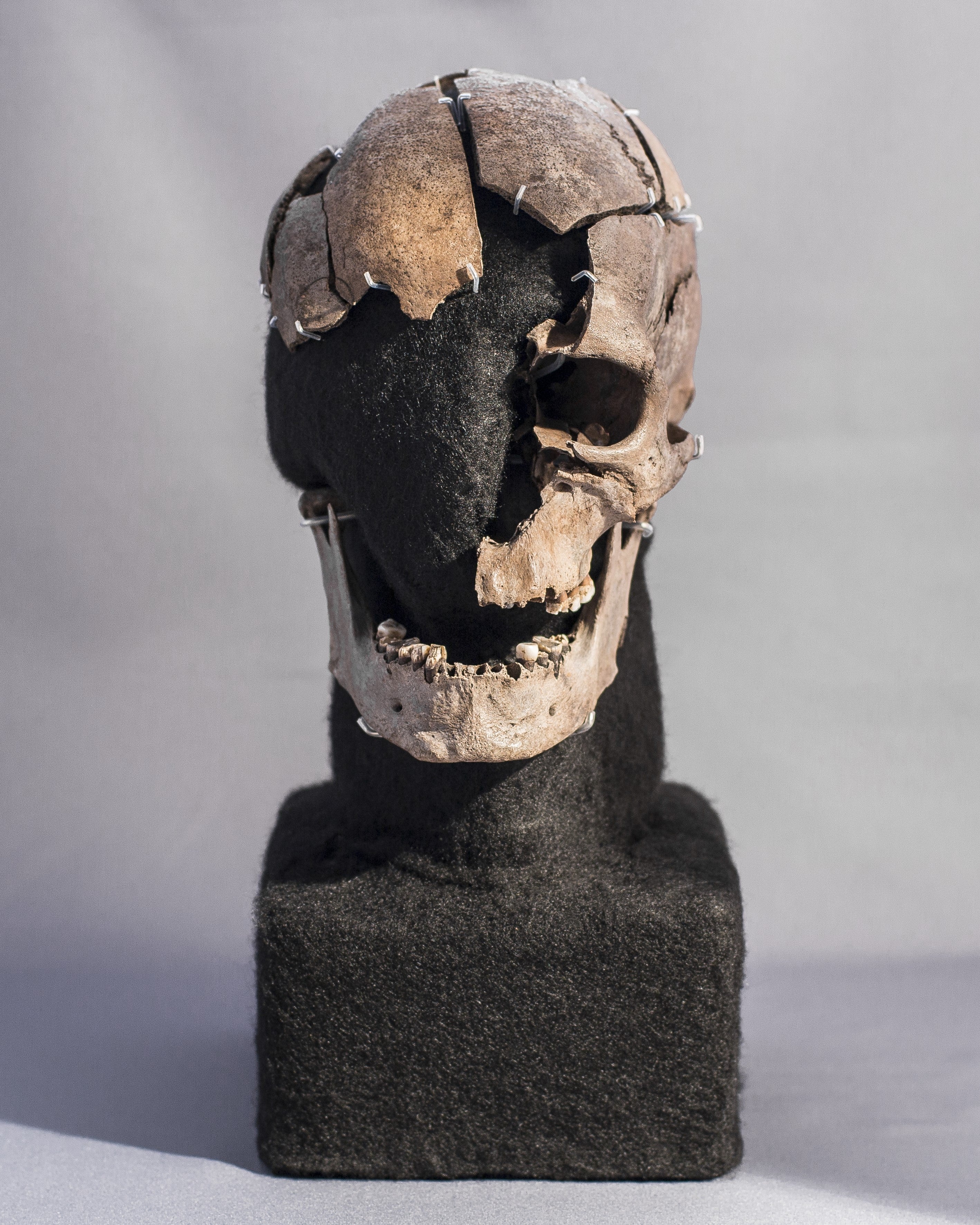
Before he was bludgeoned to death and left in a Danish bog, an ancient individual now known as Vittrup Man was an emblem of past and future ways of living.
He was born more than 5,000 years ago into a community of Mesolithic hunter-gatherers who probably lived in northern Scandinavia as their ancestors had for millennia. But Vittrup Man spent his adult life across the sea in Denmark among farming communities, whose ancestors came from the Middle East.
It’s impossible to know the lives that Vittrup Man touched during his lifetime, but it was his death that caught people’s imagination thousands of years later. His remains — ankle and shin bones, a jawbone and a skull fractured by at least eight heavy blows — were discovered in the early twentieth century in a peat bog near a town called Vittrup in northern Denmark, alongside a wooden club that was probably the murder weapon.
On supporting science journalism
If you’re enjoying this article, consider supporting our award-winning journalism by subscribing. By purchasing a subscription you are helping to ensure the future of impactful stories about the discoveries and ideas shaping our world today.
His “unusually violent” death distinguished Vittrup Man from other similarly aged remains found in bogs, says Karl-Göran Sjögren, an archaeologist at the University of Gothenburg, Sweden, who co-led a team that charted Vittrup Man’s life in a study published last week.
But nothing else about Vittrup Man stood out until researchers examined his ancestry for a study that came out earlier this year. Vittrup Man, they learnt, was related to hunter-gatherers from what is now Norway and Sweden, and not to the farming communities with Middle Eastern roots that had arrived in Denmark hundreds of years before his death.
“This is an indication that his origin may be a bit further north,” says Sjögren, possibly near the Arctic Circle where people still lived by fishing, hunting and gathering. Carbon and nitrogen isotope…
Read the full article here






